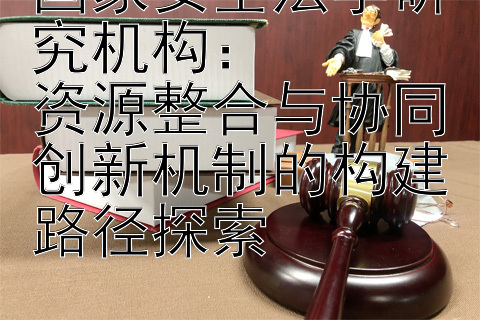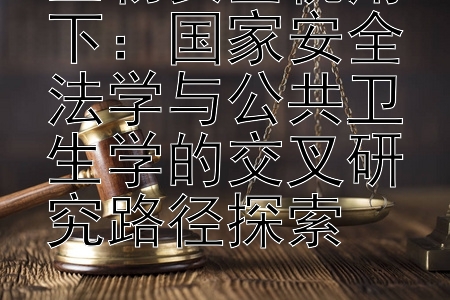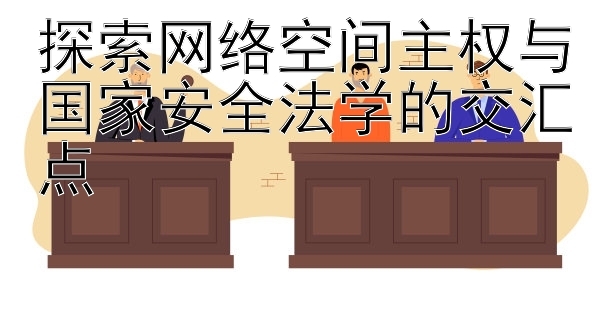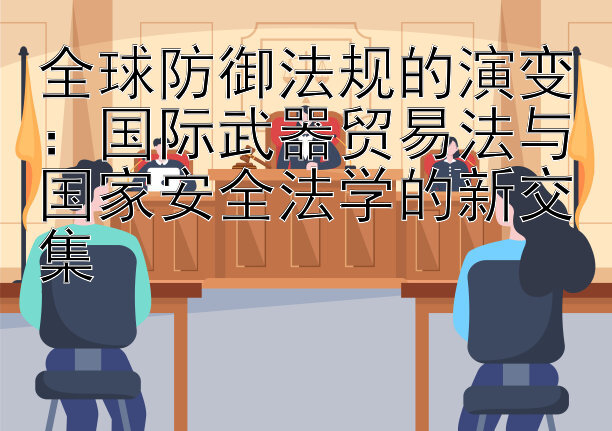在探讨过错责任原则的适用边界时,我们需要先明确什么是过错责任原则以及它在不同法律体系中的应用情况。
一、什么是过错责任原则? 过错责任原则是侵权责任法中的一个基本原则,它要求行为人因自己的故意或者过失不法侵害他人的权利时应当承担损害赔偿责任。这个原则的核心在于“过错”的概念,即行为人的主观状态对侵权责任的认定具有决定性作用。
二、过错责任原则在不同法律体系中的体现 1. 大陆法系(以法国和德国为例) - 在大陆法系的民法中,过错是一个核心概念,被广泛应用于确定民事责任。例如,《法国民法典》第1382条规定:“任何行为使他人遭受不应有之损害者,因其过错,均应负赔偿之责。”而《德国民法典》也有类似规定,如第823条:“任何人故意或过失地违反对他人的义务,并因此给他人造成损害的,应承担赔偿这种损害的责任。”
- 英美法系
-
英美法系同样强调过错的重要性,但其表述方式略有不同。在美国,过错通常被称为“疏忽”(negligence),它包括了四个要素: duty of care, breach of that duty, causation, and damages. 如果原告能证明被告在这四个方面都有过错,那么被告可能要为原告的损失负责。
-
中国法律体系
- 中国采用的是大陆法系的立法模式,但也吸收了英美法的合理成分。根据《中华人民共和国民法典》第一千一百六十五条规定:“行为人因过错侵害他人民事权益造成损害的,应当承担侵权责任。”这一规定体现了我国法律对过错责任原则的坚持。
三、过错责任原则的适用边界 尽管过错责任原则在很多国家都被广泛接受和使用,但它并不是绝对的规则,而是有一定的适用边界和限制。以下是几点关于其适用边界的重要考虑因素:
-
法律的特殊规定:在一些特殊的领域,法律规定了无过错责任原则,即不论行为人是否有过错,只要其行为造成了损害后果,就要承担责任。比如产品责任法中对生产者和销售者的严格责任就是典型的例子。
-
公共政策的考量:有时为了保护弱势群体或者实现社会正义的目的,法院可能会选择超越过错原则。例如,在某些情况下,即使没有过错,雇主也可能要对雇员的侵权行为负责。
-
行为的性质与风险:如果行为本身涉及较高的风险,那么行为人在实施这类行为时就需要格外小心谨慎。在这种情况下,轻微的疏忽都可能导致侵权责任的产生。
-
因果关系的复杂性:当因果关系非常复杂且难以证明时,法院可能会采取更为宽松的标准来判断行为人的过错,以确保受害者得到合理的补偿。
-
具体案件的事实:每个案件的实际情况都会影响到过错责任的判定。例如,受害者的自身行为可能在一定程度上导致了损害的发生,这时法院会考虑到受害人是否有部分过错,从而减轻或免除加害方的责任。
四、相关案例分析 1. **美国_lau In the United States, the doctrine of negligence is a fundamental concept in tort law, which forms part of the common law system. The elements of negligence include:
-
Duty of Care - There must be a legal duty of care owed by one party to another. This means that there should be some relationship between the parties that creates an obligation for each person to exercise reasonable care towards the other. For example, drivers owe a duty of care to others on the road.
-
Breach of Duty - A plaintiff must show that the defendant breached their duty of care. This could mean acting unreasonably or failing to act as a reasonably prudent person would under similar circumstances.
-
Causation - The plaintiff's injury must be directly caused by the defendant's breach of duty. Both actual cause (cause-in-fact) and proximate cause need to be established. Actual cause refers to the fact that but for the defendant's actions, the harm would not have occurred. Proximate cause relates to whether the type of harm suffered was foreseeable given the nature of the risk created by the defendant's behavior.
-
Damages - The plaintiff must demonstrate that they suffered harm or losses as a result of the defendant's breach of duty. These can be economic damages such as medical expenses, lost wages, or non-economic damages like pain and suffering.
If all these elements are present, then the defendant will be held liable for negligence regardless of intention, unless there is a valid defense available. One common defense in negligence cases is contributory negligence, where the plaintiff's own negligence contributed to their injuries. If the plaintiff is found partially at fault, it may reduce the amount of compensation they receive. In some jurisdictions, if the plaintiff is more than 50% at fault, they may not recover any damages at all.
Here's a real-life case example illustrating how these principles play out:
Palsgraf v. Long Island Railroad Co. (1928): This landmark case involved a situation where two men were rushing to catch a train. One man had some fireworks in his pocket, which fell onto the tracks when he was roughly handled by station employees. This led to an explosion, causing debris to fly through the air and injure a woman named Palsgraf who was standing on the platform away from the commotion.
The court ultimately decided that while the railroad company might have been negligent with respect to the man carrying the fireworks, they did not owe a duty of care to Palsgraf because her position near the end of the platform was too remote from the acts of the employees to create a foreseeable risk to her. Therefore, she could not hold the railroad responsible for her injuries based on negligence.
















